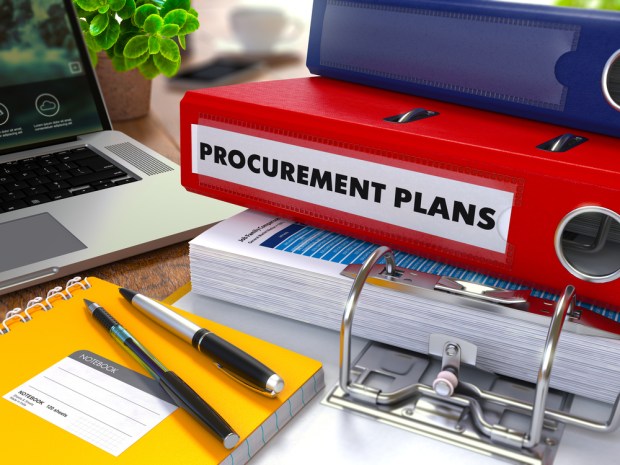Signing Off, With An Eye On B2B Process

Supply chain management can see friction across several points, from sourcing to end contracts. That just won’t do when time and money and government compliance converge. Digital tracking and eSignatures can help salve those friction points, according to eSignLive President Tommy Petrogiannis and ASC Networks VP of Sales Jim Bell, whose firms announced a new partnership.
Friction in business can often be traced to manual processes — particularly when it comes to document tracking. For B2B and for government/enterprise transactions, process and accountability are key when it comes to ensuring trust between entities.
In one recent announcement, ASC Networks said that it would be embedding eSignature capabilities via eSignLive to boost electronic processes, with an eye on compliance across businesses.
In an interview with PYMNTS, Tommy Petrogiannis, president of eSignLive by VASCO, and Jim Bell, VP of sales at ASC Networks, said that the movement toward eProcurement, and automation in general, can help save time and paper, while providing checks and balances on processes in real time.
Bell told PYMNTS that there still exists “a large gap that needs to close between paper-based and electronic processes. Electronic processes, like contract lifecycle management and eSignature, automate the required workflows” with the positive impact of speeding procurement and sales processes. Manual processes can have a high error rate, as high as one in every 10 actions, said the executive.
Smoother processions through the procurement process, said Petrogiannis, also can result in “revenue acceleration” with the added benefit of helping a business gather “the ability to be predictive” as real-time data allows them to project their needs more quickly and more precisely.
Petrogiannis said that auditable data is especially important for highly regulated industries, where, for example, in pharmaceuticals, accountability and safety remain top priorities. ESignLive is FedRAMP-compliant for use with government agencies in the cloud, the firms said in a release detailing the partnership.
That automation of sourcing to contract translates to the B2B relationship, with focus on communications, delivery and quality control, said Petrogiannis, where “if you get it wrong, it matters,” citing other industry verticals, such as banking, insurance and health care in general. With government oversight across these arenas, stepped up in the wake of the Great Recession, he said, the eye is on consumer protection, and firms can be “shut down should there be non-compliance issues.” For B2B especially, he said, there are many documents to navigate, from riders to invoices, and the relationship between the two companies ensures that monitoring those documents is “not just about the act [of signing off] but about the process.”
One byproduct of the shift to digital record-keeping, regardless of the vertical, as Petrogiannis noted: It becomes easier to pinpoint and to eliminate fraud. “Fraud,” he said, “exploits the management of manual processes,” and eSigning can help reduce that risk by “an order of magnitude as there is more visibility” into the business, which, in turn, allows management to fine-tune operations as they are being conducted. With cross-border transactions, said Petrogiannis, several “touchpoints are in the cashflow transaction process.”
In addition, with the growth of cross-border transactions and import/export activity, the two executives said that early adoption of digital processes for eSourcing can help pinpoint what is moving and where. One example can be traced to the agricultural industry: tracking sick livestock across borders via the USDA, between the U.S., Canada and Mexico (and making sure that contaminated animals do not make it too far in the meat production process). In another example, air freight can move goods across nations in half a day but can routinely take six days to clear customs — thus, tracking is of the upmost importance.
Bell said that the combined relationship also has mobile functionality, which allows for digital tracking of compliance efforts in the field, for example, with environmental and safety inspections, as he stated that “everything you do in the system is tracked and traced.” With the add-in of eSignLive into ASC’s end-to-end platform, Petrogiannis said that the inclusion can be likened to an “Intel Inside” approach, where transactions do not “drop” to other platforms or sites to move towards completion.
Bell told PYMNTS that “the audit trail includes all revision history” tied to documents and information illustrating who changed a document/approved it (user), previous/current values, whose approval is pending and other descriptive activities. Said Petrogiannis: “Digital audit trails enable you to look up a transaction from five years ago that was governed by a different process or contract terms” as measured against the terms in place most recently and viewed through an audit trail.
“The insight available is transformative and so much more effective,” he said.
